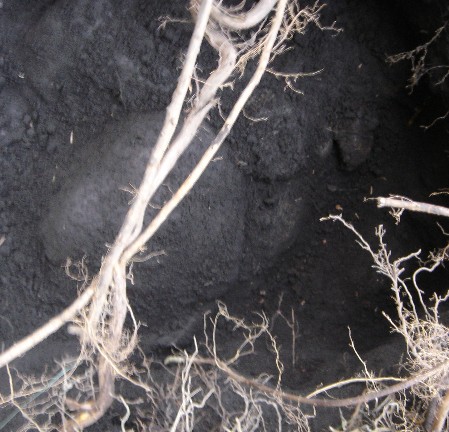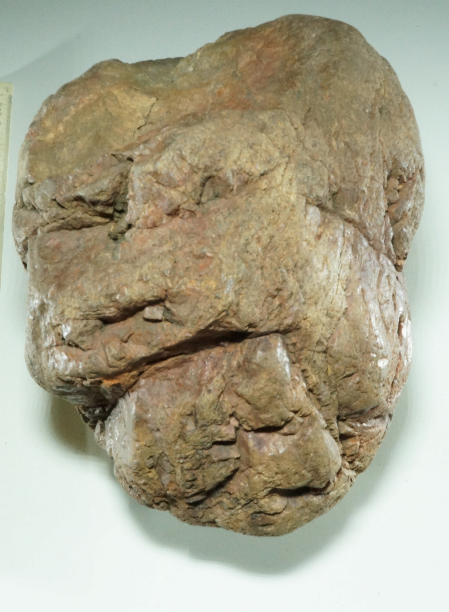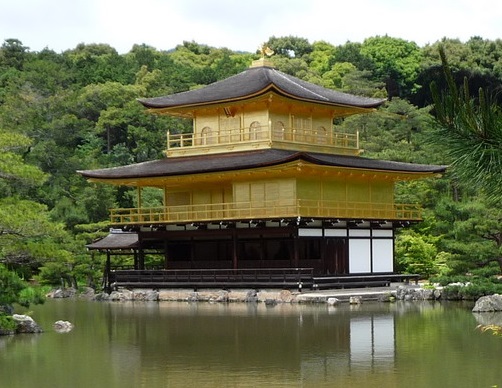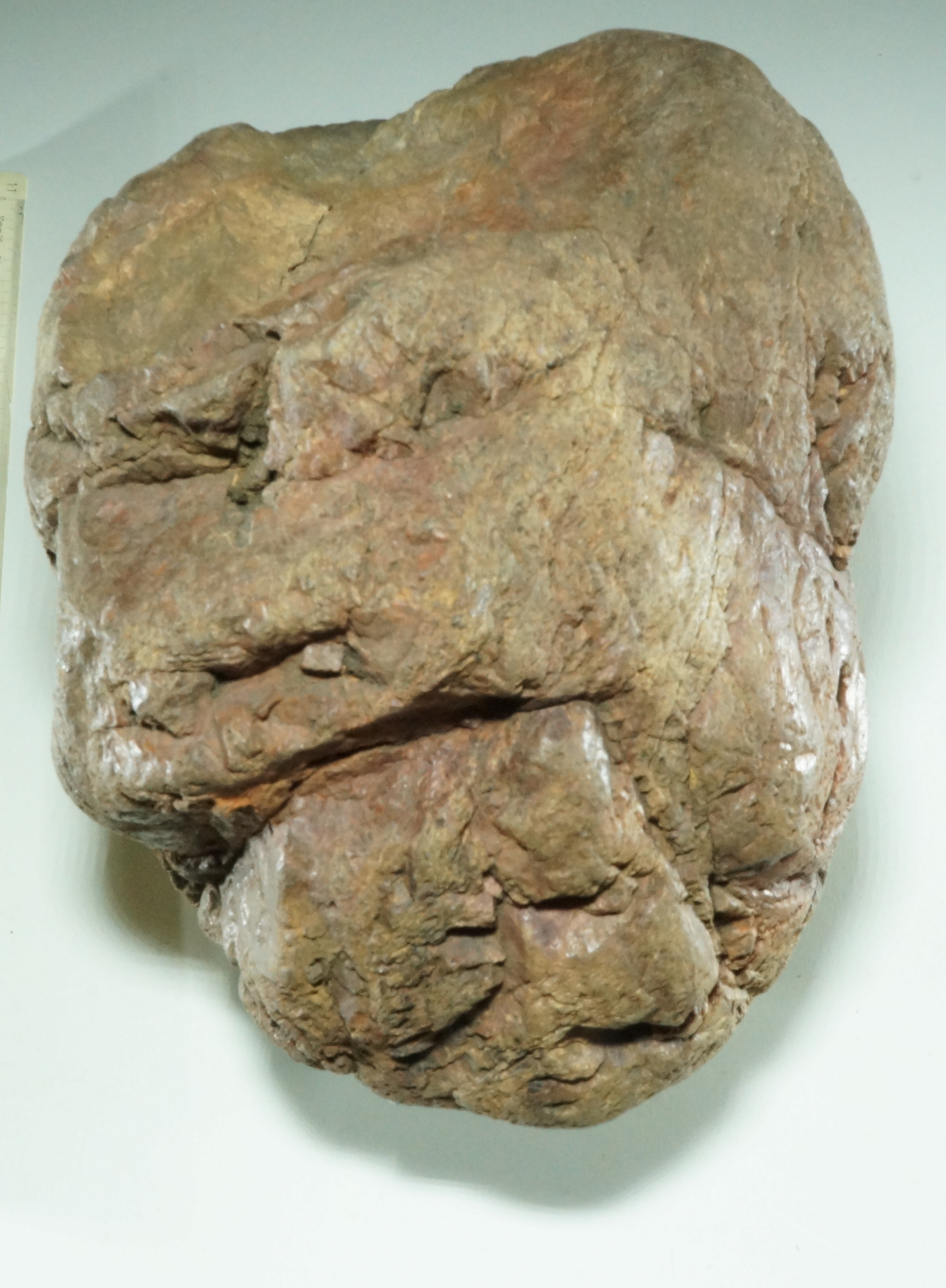Stone Age dreams?
How did people live in the Stone Age? Why does it capture our imagination when we think about it? Is it perhaps because we know so little about them? In fact, apart from numerous stone artefacts, there is very little that can give us an insight into life back then.
Haslemere Educational Museum
New Stone Age
Allen Chandler (1887–1969)
Haslemere Educational Museum
But before taking these stones as a starting point for thinking about the Stone Age, and perhaps getting too carried away with speculation and dreams, we should first narrow down the possibilities by looking at the recognisable facts. With regard to the finds presented here, this means first and foremost taking a look at the archaeological investigations in the immediate vicinity of the site.
These show, as discussed elsewhere, that because of the particular location of the site close to the slope, finds at a relatively shallow depth are possible and even probable. If they were in the soft clay layer beneath the humus layer, they must have been deposited there at least ten thousand years ago. In the case of artefacts that show signs of having been worked, the date can be determined even more precisely. Because of the abundance of finds in Japan, it is often even possible to say where they were made or where the material came from. Even trade routes can sometimes be identified.
In the case of unworked finds, like most of those on my site, if they could not have got there naturally, all you can say is that people must have left them there. It is impossible to say how long they had been in use before that, but especially in the case of cult objects it could have been a very long time.
Of particular interest for my site are archaeological investigations carried out nearby in 1989, on the other side of the house. This was done prior to the installation of sewer pipes, with a trench about 50 cm deep and 60 cm wide at the front of the house (see site plan on the left). Despite the shallow depth, numerous finds were made.
A number of discoveries were made that are likely to be important for my site as well. Earlier excavations had already shown that two areas of the campus one in the north-west and one in south-east were densely populated, especially during the Middle Jōmon period (ca. 5500-4500 BP). The area in between, where my site is located and where the more extensive excavations mentioned here were first carried out in 1989, yielded a high percentage of finds from the early Jōmon period, especially in the vicinity of my site. After that, the area was probably no longer inhabited. No pottery sherds from the Middle Jōmon period were found in front of our house. In my finds, too, the pottery sherds are obviously all from the early Jōmon period.
This should clarify the chronological classification of my finds to some extent. The question remains as to why the area around the site remained uninhabited for many millennia, especially during the period of greatest population growth. Were the two settlement areas on the campus two "villages" that did not have the best relations to each other (as it might happen between neighbouring villages today) and therefore needed some distance? Or were they quite different, two parts of a settlement that needed the space in the middle, like a village square today, for common activities? A precise (centimetre by centimetre) archaeological survey of the site could provide clues. For the time being, however, we only have the stone findings from which we can draw some conclusions. The heap of stones with the "idol" is probably the most important here.
Heaps of stones were found in large numbers on the campus and in the surrounding area, but none in their original state. The stones are mostly scattered and many have obviously been moved. In the case of one heap of stones, it can be assumed that it was originally used for ritual purposes. A large phallic stone was found in it. This suggests that "my" heap of stones could have had a similar purpose. But why has it remained intact for more than 5/6,000 years despite the heavy settlement in the vicinity?


Could the difference be that the heap of stones surrounded a naturally formed stone, which was therefore highly revered and protected for thousands of years by a taboo that did not apply in the same way to man-made phallic stones? In the case of a phallic stone (Japanese sekibō = "stone club") found a little to the north of our house, it is assumed that it was later even used for practical purposes, namely for pounding. Even today, such a thing would be unthinkable with a stone formed by nature in a particular way, as the high esteem, or even worship, of such stones in present-day Japan shows. [see].
This at least provides a framework for further thoughts and dreams. The heap of stones with its "idol", as I found it, was apparently the final state about 10,000 years ago. Considering how long it was apparently respected or even worshipped and protected by taboos afterwards, one has to assume that it had probably already had a firm place in people's imaginations for many years, if not millennia. It stands to reason that this also applies to the immediate area where I found the other stones. Perhaps there was some sort of sacred area for rituals and other cultic purposes, in which the other 'special' stones played a part. For a long time the hunters and gatherers of that time were not settled, following the herds of animals or moving to areas with more abundant food. Of course, it was good to have a place where you could leave the stones and return to them again and again. In this way a kind of cult centre could have developed over a long period of time. This would explain the relatively large number of special stones found in this area.
For the "idol", the heap of stones would have been a kind of shrine for protection and a central place of worship. Related activities developed around it, in which the other stones may have played a role. The "talisman" could have been placed in the hands of the sick or dying, or used as a lucky charm, the inyōseki may have been responsible for fertility and harmonious relations between men and women, and the possible significance of the other special stones can perhaps be guessed by analogy with contemporary practices, especially in the Shintō. As is still the case in Japan and elsewhere in the world, festivals with a religious dimension are not necessarily only places of spiritual uplift and deep religious experience, but also "events" where fun, enjoyment of life and entertainment are at least part of the experience. The stones could at least provide clues as to the extent to which such "popular amusements", perhaps also for children, may have existed among Stone Age people. And this brings us finally to the realm of Stone Age dreams, for which the study of individual stones certainly holds many suggestions and discoveries in store.

